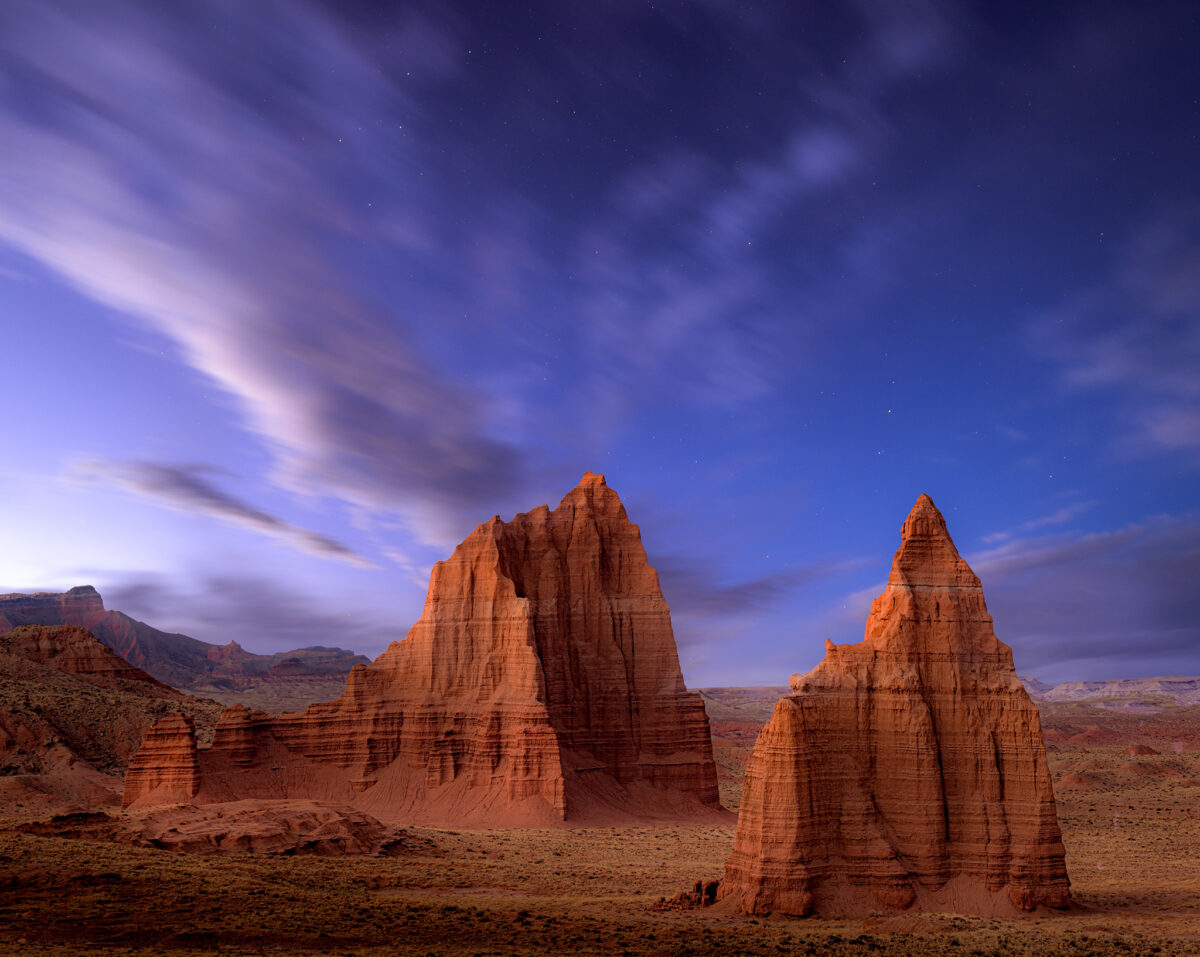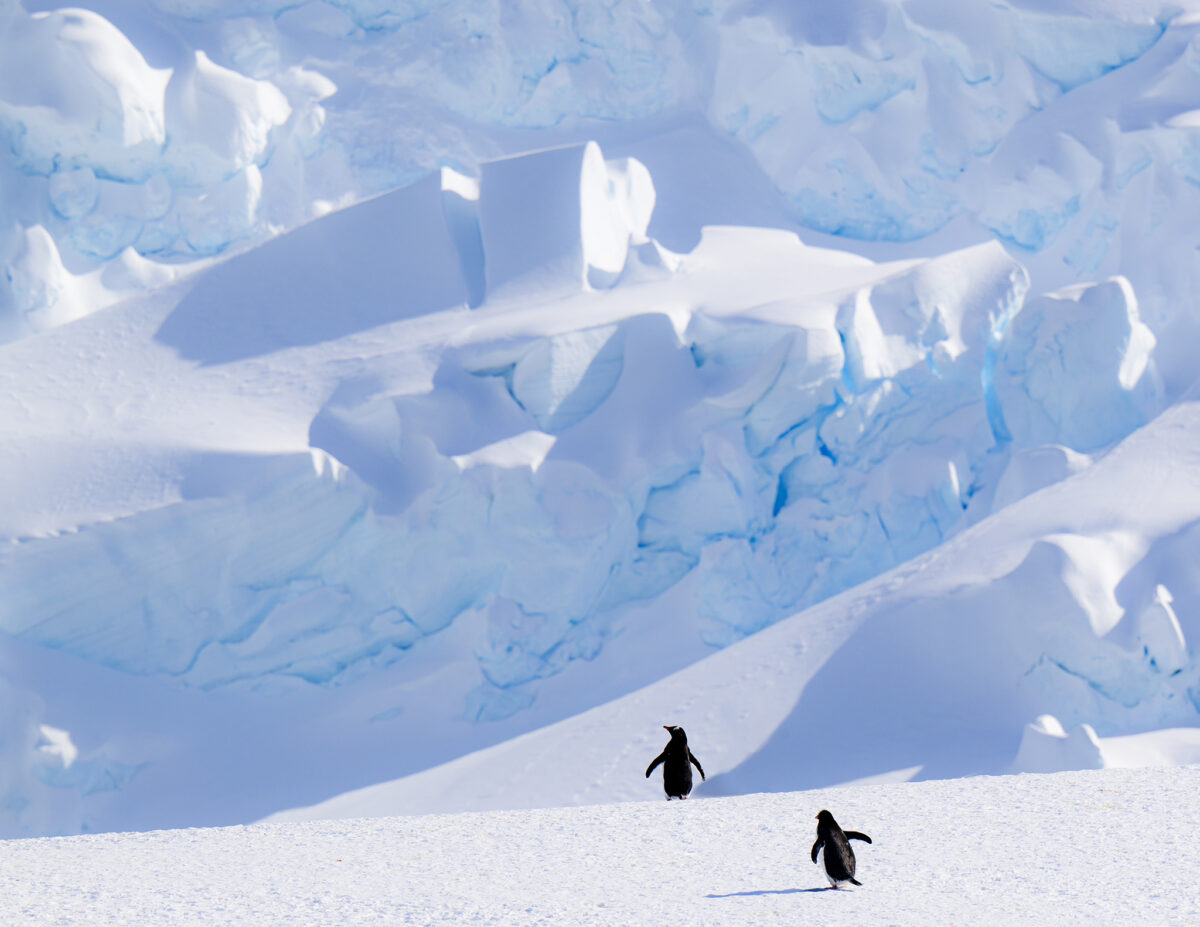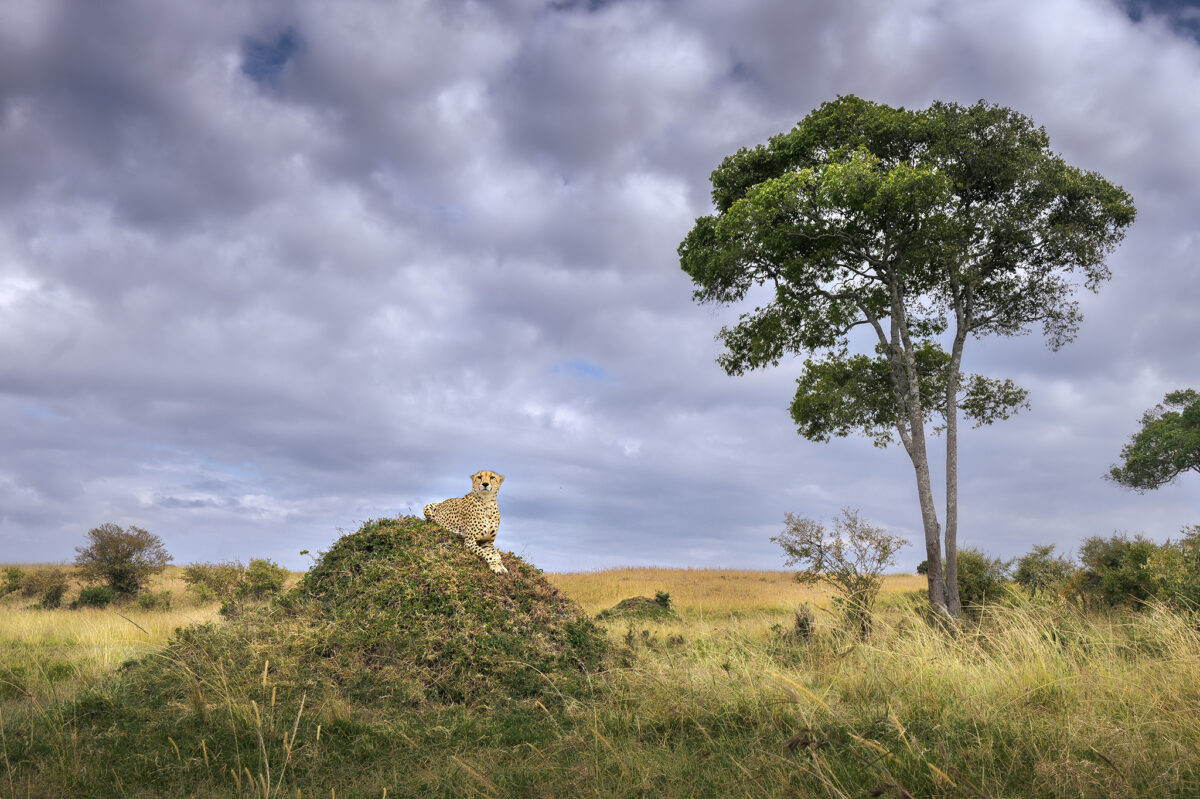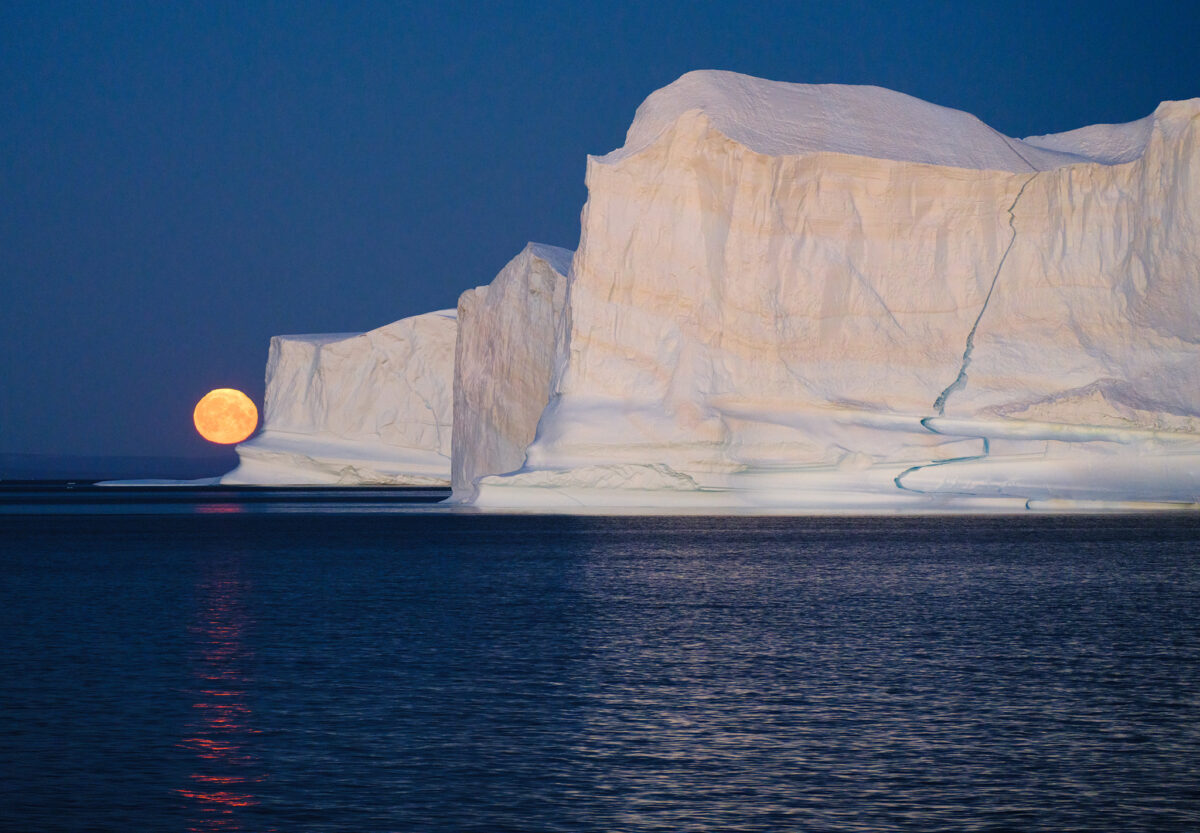Composition is my favorite photography subject to discuss because it’s everything. Some will argue that it’s the light, some believe it’s the subject, but I am becoming aware that the exercise of composing inspires me the most. Composing is the glue that brings together the subject, light, and your personal point of view.
Whether I’m chasing light, following a wild animal on the hunt, or waiting hours for the right light—all are a result of composing. Moving my camera to arrange all the objects in the scene so they work together can motivate me even more than any particular subject or light. I like to consider this a dance, and it’s my favorite part of nature photography.
Many refer to the arrangement of living space with the term “Feng Shui.” This Chinese term describes the balance of all the pieces with the natural world. This is particular to a three-dimensional space, somewhat different from a two-dimensional photograph.
When I consider “the dance,” I’m the third dimension—balancing myself, or the point of view, with the subject and light. This way, I can consider the subject’s position and light on it to be in balance with me and the natural world. I believe composition should be considered a bonding agent or glue. How does this make a difference? The following examples will help explain this in more detail.

Capitol Reef National Park has interested me for decades. My first visit to the location was with my parents when I was eight years old. My father was photographing one of his many coffee table books, and I barely remember getting stuck in deep sand on the way there.
Since that first visit, I’ve camped there many times with my focus on capturing the Temples of the Sun and Moon against night skies, clouds, and every other possible background I could seize. I’ve always appreciated the remote character of this landscape. It’s not because of the challenging access but more the surroundings. There’s nothing, I mean nothing, for many square miles around.
My typical approach is to capture one of the temples at a time, as they are about a quarter mile apart and only appear together with the right angle. For many years, I’ve not found that angle, where they created the perfect union that looked as dramatic as my vision of them had vested.
I had this vision since I was young, when everything appeared ten times larger than life. I recall the temples together, side by side, with clouds and stars billowing over the tops. If I were a painter, I would have painted this scene when I was eight. Now, after many years and seeing countless images of the beautiful temples by many great photographers, including my father’s, I was not sure my visualized composition existed.
This past winter, I visited the temples and had some extra time. I used this time to explore various canyons on a side that I had thought was inaccessible. On a cloudy day, while walking around with my iPhone, I stumbled upon the spot. I couldn’t believe what I had found, and I was so surprised to find it after considering this in my mind for many years. This was the ideal location because it made the two temples appear to be similar in size. Since they were positioned in the north, the last evening glow could strike them from the side, allowing a darker northern sky to appear above. My vision actually existed! I had found “feng shui.” I then needed to get to work capturing in my camera what I had been manifesting for decades.
I photographed the Temples at dusk, and the sky was captured about 30 minutes later, on a winter night sky. I processed the temple (or land exposure) in Lightroom Classic, using masks to reveal the detail and colors in the soft-lit sides of the temples. I then used Photoshop to add the dusk sky scene to the temple
scene. The same scene was captured from the exact location revealing two different times of the day.

Have you ever been to a location where you could get a good picture even if you threw the camera in the air after pressing the shutter delay button? It is best to learn what not to photograph and what to focus on during such times. These situations are typical in and around wildlife. When I find myself in a setting with a plethora of wildlife in all directions, and the light creating beautiful shadows and highlights, I have learned to focus on concept-driven images.
When we landed on D’Hainaut Island, located near the Antarctic peninsula, there must have been over 1,000 gentoo penguins, all moving in various directions. The ice-covered mountains behind
were spectacular, with so much to take in.
I am always fond of showing behavior in wildlife instead of portraits or action shots. I recalled stories of how these penguins march up great distances to leave troubles behind, such as elephant seals or fur seals on the beach. After taking in the scene, I followed a few penguins marching up a large hill to the top. I moved around several times, attempting to isolate one or a few against the towering glaciers behind. My concept was to show their fierce determination and character.
I waited quite a while until one particular penguin made it to the top, leading another behind, and looked over his shoulder as if he’d successfully made it to his dream spot. With so much happening on this little island, what helped me most was to focus on the concept of the driven gentoo penguin. I found the background and then waited for the wildlife to walk in and be its wild self. The penguins’ position against the background and my angle up at them was where everything stuck together perfectly, and once I clicked the shutter, it was glued together.

Wildlife is wild, making the exercise of composing more exciting and challenging. In certain wildlife regions in Africa, I’ve watched drivers scramble to find the best angle for photographers or the right place to catch the best action. These moments can become intense, with drivers flying through the savannah way too fast and photographers holding on to their 500mm ƒ/2.8 lenses with a death grip!
I’m not crazy about that style of chasing wildlife. I prefer to find the animals out on their own and work in union with them, becoming copacetic in a way that allows them to look right past me. This helps me feel the energy of the animal and locate my point of view without so many distractions.
We spotted a female cheetah on the edge of a stand of trees in a remote part of the Mara, and no other vehicles were around for miles. She had left her cubs behind and appeared to be ready to hunt. I had waited for a setting like this and was very excited to have found it.
I took a risk and asked the driver to stop near a termite mound and wait. At that time, the cheetah was hard to see, hidden in tall grass and bushes. Cheetahs love to get up high to look over the tall savannah grass for prey. I was hoping she would do as other cheetahs have done in similar situations and climb up on top of the termite mound. We turned the motor off, waited, and waited some more. Finally, she started moving. She walked up on the mound as if she heard my thoughts. I waited for that gaze! Not always am I this fortunate, but creating this image was energizing. I could feel her energy. I used my knowledge of wildlife, light, and composition to create something that was only in my mind moments before. What I felt inside me when I clicked the shutter was that I had found the correct point of view to glue everything together. Patience paid off!

Arranging the full moon rising with the landscape is always a fun and exciting dance. The best time to photograph this scene is the night before the full moon, when it rises early in the dusk light, just following sunset. At this time it provides enough daylight to accent the warm colors of the full moon with the blue hour light. There is never much time, so you must have your position confirmed before the moon’s appearance.
In the most extensive fiord system in the world, Scoresby Sound, gigantic tabular icebergs float around in the waters just outside the narrow fiords where you can find many of them side by side.
I created this image with knowledge of the region from many previous visits, a smartphone app to confirm the position of the moonrise, and a skilled ship captain. We sailed by this large iceberg about 30 minutes before the moonrise to compose the possible scene. Once I noticed this beautiful streak of water ice curving down the side of the steep cliff of ice, I knew we had to line up the moon with it. In this case, I viewed the tabular iceberg as the subject, and the moon as the accent, which, if positioned just right, would make for a great composition. The captain allowed me to reach my intended destination at the correct time and find the feng shui in the bay.
Composing is not a passive sport; it’s engaging. Arranging the subject and light together requires many skills, some we often don’t even realize we possess. Timing can be critical, changing the entire scene from something to nothing in an instant. Anticipating what might happen is one of my favorite hobbies. If I’ve done my homework, I get it right. If the weather turns for the worse or the wildlife moves away from me, then I must continue and keep pursuing what I have created in my mind.
For most of us mortals, we need to practice this arrangement of the subject, light and our point of view for many years to understand how easily it can fail. It’s those years or decades of practice that create more confidence in understanding how precious that one critical position at that single critical moment is. This is the dance.
